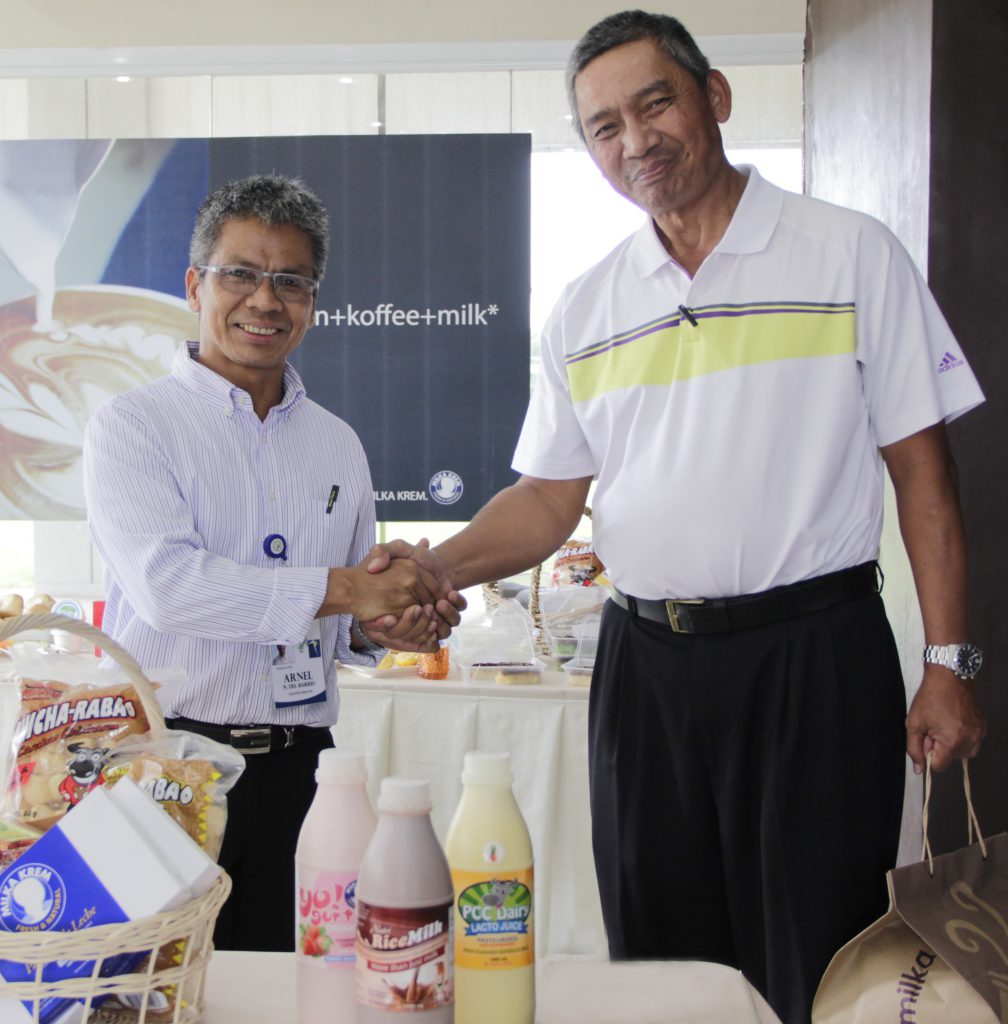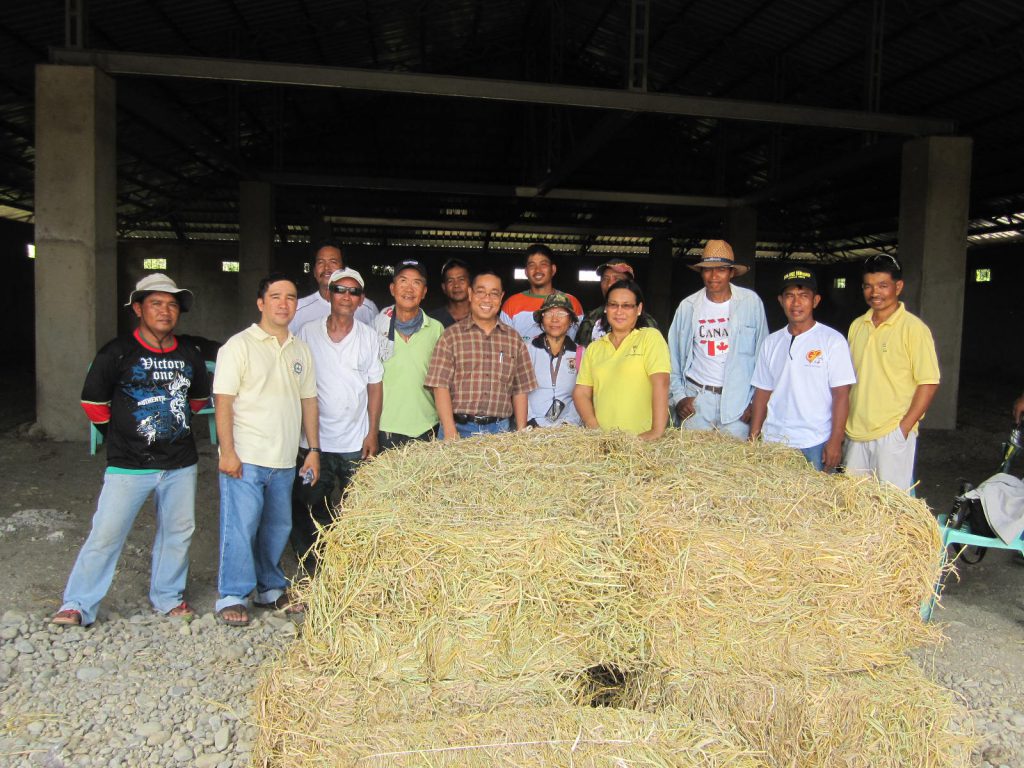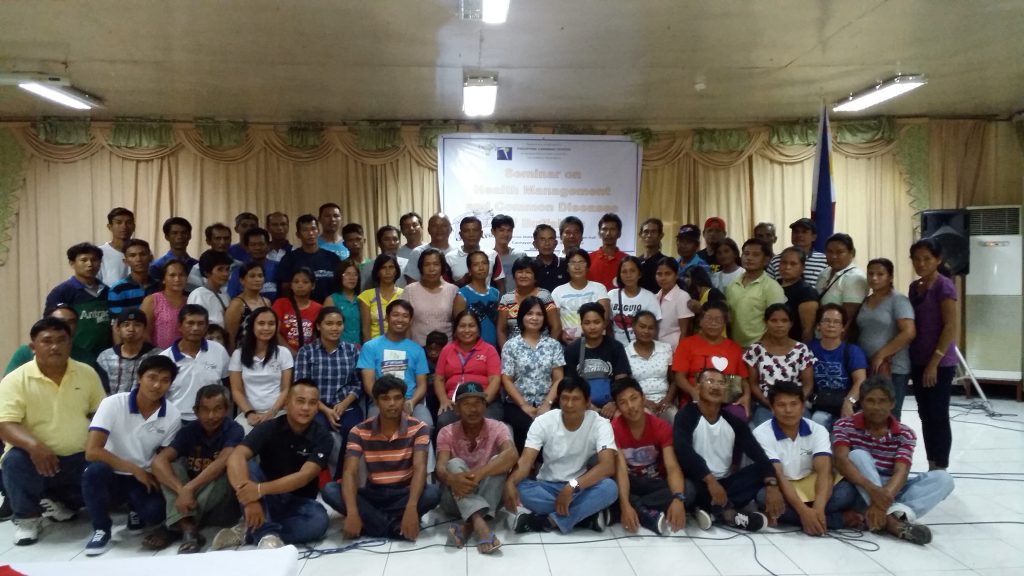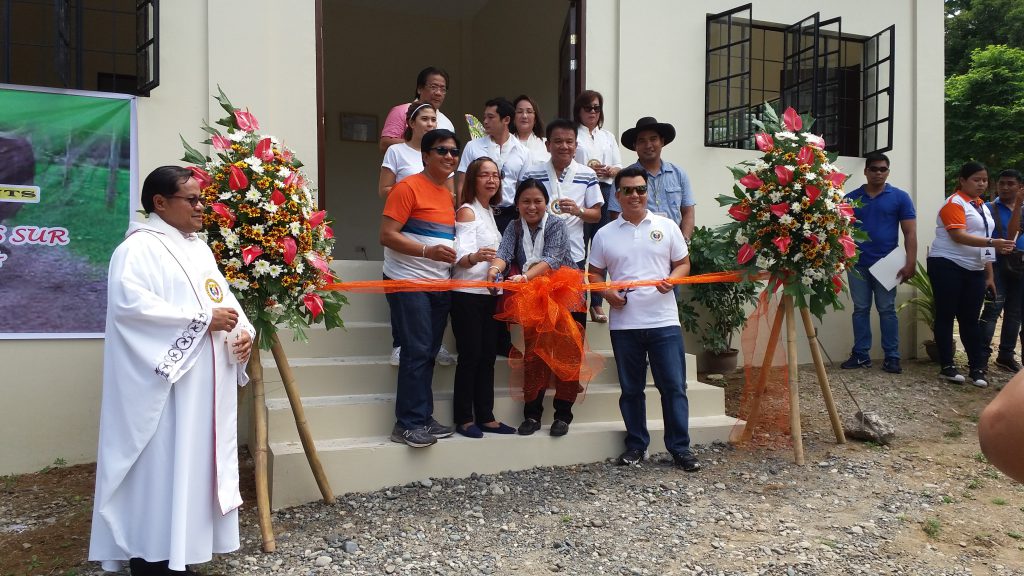‘I am very impressed by PCC’s carabao research and programs’, Indonesian director says

Very impressive!”, said Dr. Antarjo Dikin, Director of the Centre for Plant Quarantine and Biosafety, Indonesian Agricultural Quarantine Agency, Ministry of Agriculture, in response to the carabao research program of the Philippine Carabao Center (PCC) last August 25 during his visit at its National Headquarters in the Science City of Muñoz, Nueva Ecija. Dikin, head […]
Using rice straws as carabao feed, good alternative to open-field burning, PCC nutritionist stresses

The use of rice straws as fodder for feeding carabaos is a better way to dispose these rice farm by-products compared to open-field burning. This was stressed by Dr. Daniel Aquino, animal nutrition expert and Center Director of the Philippine Carabao Center at Central Luzon State University (PCC@CLSU) in the heels of widespread farmer’s practice […]
PCC at MMSU holds seminar on buffalo health management for farmers, others

Eighty participants from two provinces in the north attended a seminar on Health Management and Common Diseases of Buffaloes conducted recently at the Mariano Marcos State University (MMSU), Batac City, Ilocos Norte and organized by the Philippine Carabao Center at MMSU. Three veterinarians from the Biosafety and Environment Section of the PCC National Headquarters and […]
Gov says dairy processing center to help reduce malnutrition, livelihood problems in Ilocos Sur

Reduction of malnutrition cases and opening of opportunities for income generation among farmers were seen as big benefits that will come from a newly inaugurated dairy production and processing center in a village in Santa, Ilocos Sur. This optimistic view was emphasized by Governor Ryan Singson during the inauguration recently of the center in Barangay […]
Huge flower-shaped pastillas featured in 11th Gatas ng Kalabaw Festival

A huge flower-shaped pastillas (milk candy) made from carabao’s milk was an unprecedented dairy product featured in this year’s Gatas ng Kalabaw (Carabao’s Milk) Festival held last August 9 at a gymnasium in San Jose City. The flower-like pastillas, measuring four feet in height and six feet in width, with a thickness of half inch, […]











